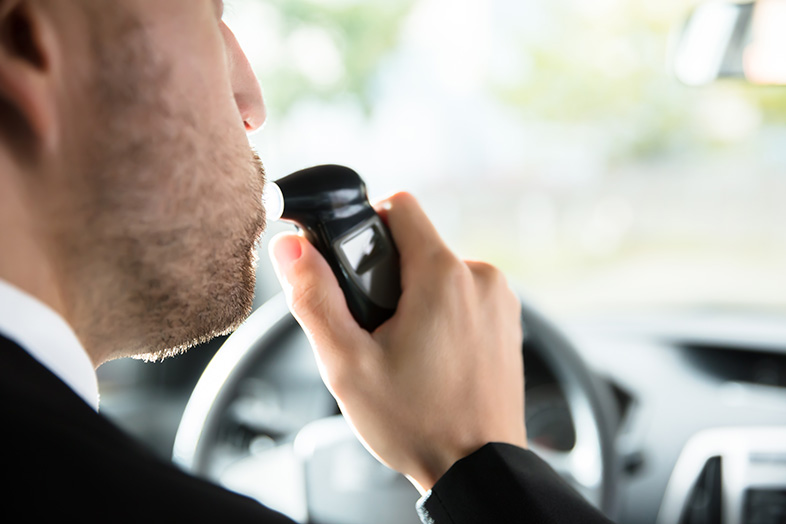
In our last post we mentioned that Wisconsin is taking an interesting approach to combat drunk driving. It is one of several states that is looking to alcohol biomarkers to gauge the likelihood of someone driving drunk. In this post we will look into this approach more closely.
In the course of biometric testing samples of fingernails or blood samples, researchers are able to determine if, and how heavily, a person has been drinking for an extended period of time, in some cases reaching back several months. Readers likely recognize that this is a much longer period of time than the standard blood test. Since alcohol fades from the body fairly rapidly, that type of test is only helpful in this regard for a period of several hours.
Researchers are using the information collected from repeat drivers to try to help individuals get sober. According to the initial data collected by researchers, conducting the testing in conjunction with a treatment program had an impact on how long the person stayed sober. In turn, that decreased the number of re-arrests, made roads safer and saved counties money.
If and how these tests will impact drunk driving in the future remains to be seen. One biometrics expert envisions a program consisting of alcohol biomarker monitors, ignition interlock and treatment. He believes that approach could help a person change his or her behavior which would ultimately likely reduce the number of car accidents occurring on roads.
As information is being gathered to try to determine whether alcohol biomarker testing works to help people stop drinking, drunk driving accidents will likely continue to occur at a rate similar to what they are now. People who are hurt in accidents due to this activity might find it makes sense to file a personal injury lawsuit against the drunk driver to try to recover damages for their injuries.
Source: USA Today, “Biomarker tests help monitor repeat drunken drivers,” Kate Golden, Dec. 1, 2014